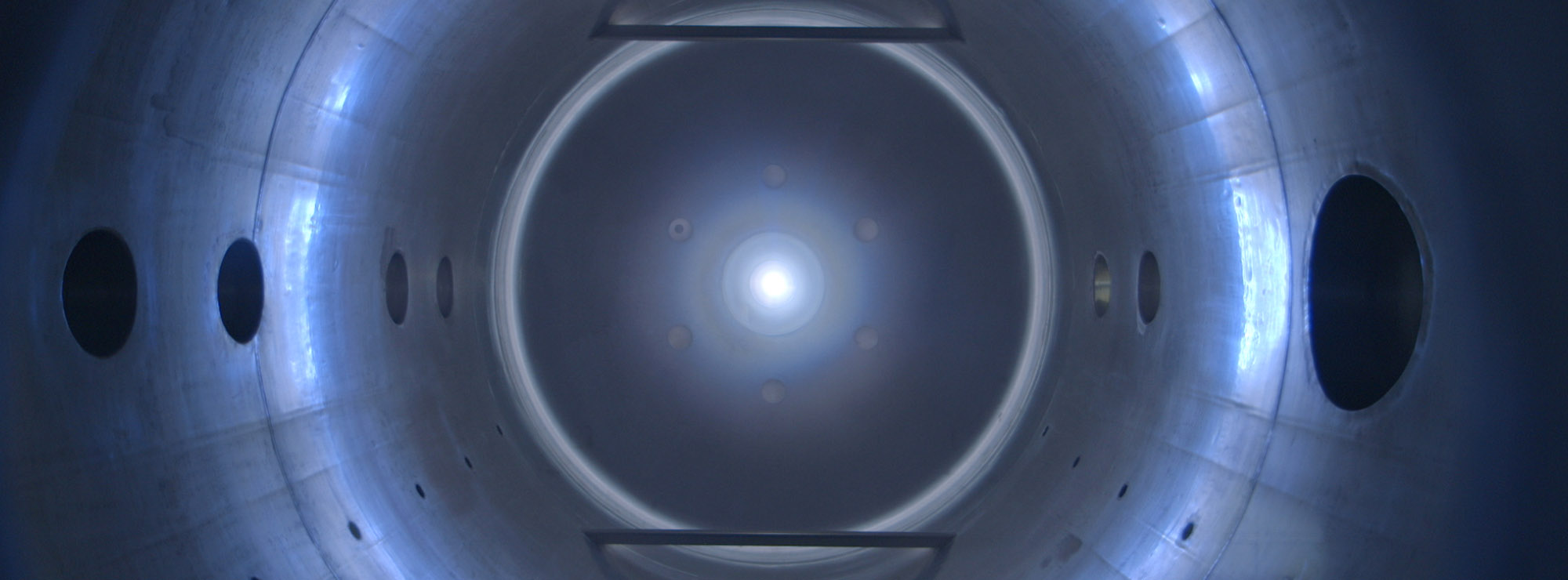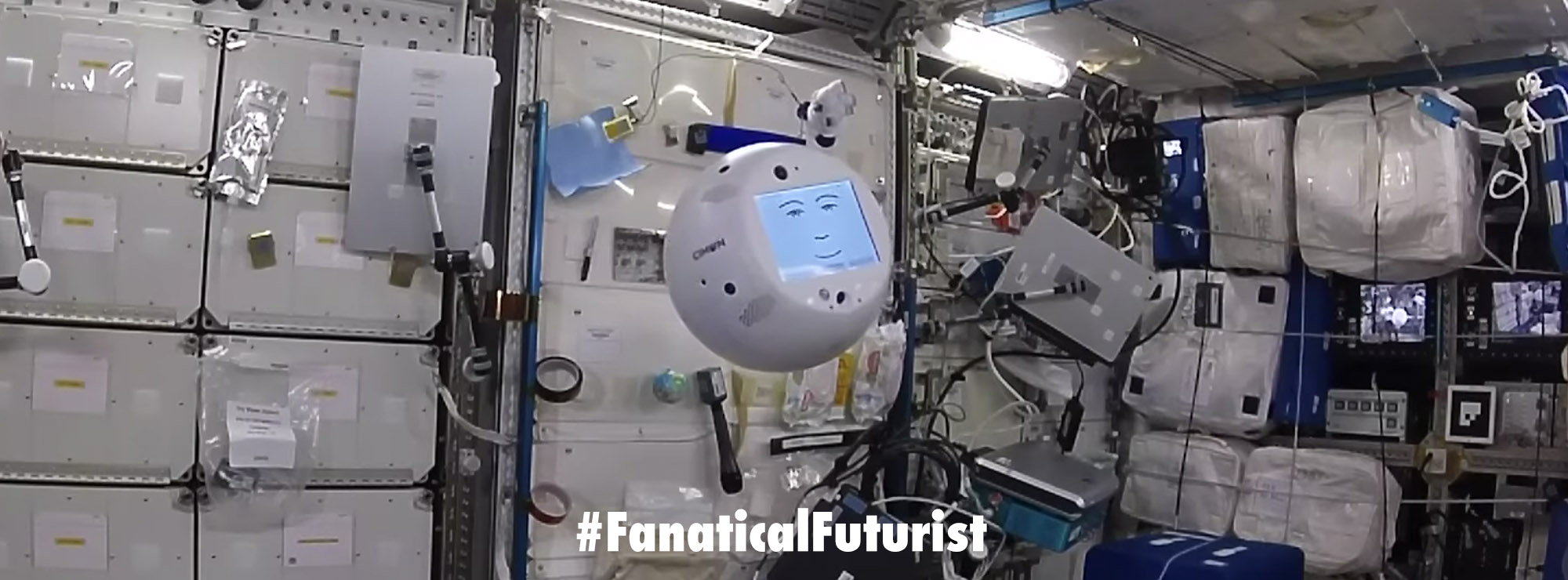
WHY THIS MATTERS IN BRIEF
A rocket that consumes itself for fuel could dramatically reduce the cost of future satellite launches.
A team of engineers from Scotland and Ukraine have developed what they call an “Autophage” rocket that would consume its own structure as it hurtles into space, and while this would be a poor choice for human spaceflight, it could present a cheaper alternative for small satellites.
The Autophage rocket, as it’s being called, which was designed by engineers from the University of Glasgow and Oles Honchar Dnipro National University would eat a propellant rod comprised of solid fuel on the outside and oxidizer on the inside that would also function as the rocket’s “body.”
By sending that rod into the blazing hot engine running at temperatures ranging around 3,200 °C, or around 5,800 °F, the fuel and oxidizer are obliterated and turned into gases. These gases would then move into the rocket’s combustion chamber that would not only give the rocket thrust, but also the heat needed to destroy the next section of the propellant.
By varying the speeds with which the rod is sent into the engine, the team was able to show that the engine can be throttled.
While some of the flashiest developments in rockets recently have come from the development of rockets like the SpaceX Falcon Heavy, and the revolutionary single stage Aerospike rocket, the new autophage rocket engine represents a shift in a different direction, namely trying to make things as small as possible.
“A rocket powered by an autophage engine would be different. The propellant rod itself would make up the body of the rocket, and as the vehicle climbed the engine would work its way up, consuming the body from base to tip… We could size the launch vehicles to match our small satellites, and offer more rapid and more targeted access to space,” says Dr. Patrick Harnkess of the University of Glasgow in a press statement.
Any commercial rocket though is still in its early days, and so far the team has been able to maintain rocket operations for 60 seconds at a time in their lab tests. Their results have been published in the Journal of Spacecraft and Rockets. However, considering the rise in the number of tiny satellites being launched, known as CubeSats, there could eventually be a demand for this new type of rocket.














